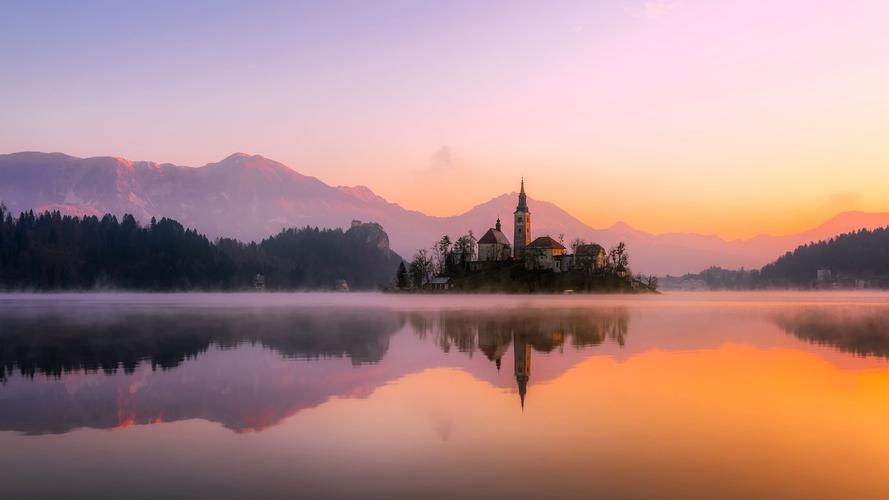The Roaring Twenties: Exploring Popular Culture in the 1920s
The 1920s were a decade of unprecedented societal change. Known as the Roaring Twenties, this era was characterized by changing attitudes and beliefs, from the rise of consumer culture to the flapper lifestyle. In this article, we’ll explore some of the key aspects of popular culture in the 1920s.
The Rise of Consumer Culture
The 1920s saw the emergence of consumer culture as we know it today. Thanks to the development of new technologies and the mass production of goods, people were now able to buy products previously only available to the wealthy.
One of the most iconic products of the 1920s was the automobile. With the introduction of the Ford Model T in 1908, cars became more affordable and accessible to the general public. By the 1920s, cars were no longer just a luxury item – they were a symbol of freedom and independence.
Another important product of the 1920s was radio. With the advent of radio broadcasting, people now had access to news, music, and entertainment on a national level. Radios quickly became a staple in American households, with families gathering around to listen to their favorite programs.
The Flapper Lifestyle
The flapper lifestyle was a cultural phenomenon that swept the nation in the 1920s. Flappers were young women who rebelled against traditional social norms, often dressed in short skirts, bobbed haircuts, and heavy makeup. They danced the Charleston, smoked cigarettes in public, and drank alcohol, challenging the strict moral codes of the time.
Flappers were often depicted in popular media as carefree and hedonistic, but in reality, their lifestyle was often a form of protest against the restrictive roles assigned to women in society. By rejecting traditional gender norms, flappers paved the way for future generations of women to pursue independence and autonomy.
Prohibition and Speakeasies
Prohibition, which lasted from 1920 to 1933, was a nationwide ban on the sale, manufacture, and transportation of alcohol. Despite the government’s efforts to prohibit alcohol consumption, many Americans continued to drink in secret at illegal bars called speakeasies.
Speakeasies became a symbol of the rebellion against Prohibition, with famous ones like the Cotton Club in New York City becoming hotspots for jazz music and nightlife. Gangsters like Al Capone became notorious for their involvement in the illegal alcohol trade, which fueled a wave of organized crime during the 1920s.
The Legacy of the Roaring Twenties
The Roaring Twenties had a significant impact on American culture that can still be felt today. The rise of consumer culture and the flapper lifestyle challenged traditional social norms and paved the way for new forms of self-expression. The era of Prohibition gave rise to organized crime and the enduring legacy of speakeasies.
But perhaps the most enduring legacy of the Roaring Twenties is the idea of the American Dream. With new opportunities for wealth and success, Americans began to believe that they could achieve anything they set their minds to. This spirit of optimism and ambition continues to define American culture to this day.
Conclusion
The Roaring Twenties were a decade of change, defiance, and innovation. From the rise of consumer culture to the flapper lifestyle and Prohibition, this era challenged traditional social norms and gave birth to new forms of self-expression. The legacy of the Roaring Twenties can still be felt today, as Americans continue to pursue their dreams and defy the status quo.
(Note: Do you have knowledge or insights to share? Unlock new opportunities and expand your reach by joining our authors team. Click Registration to join us and share your expertise with our readers.)
Speech tips:
Please note that any statements involving politics will not be approved.
